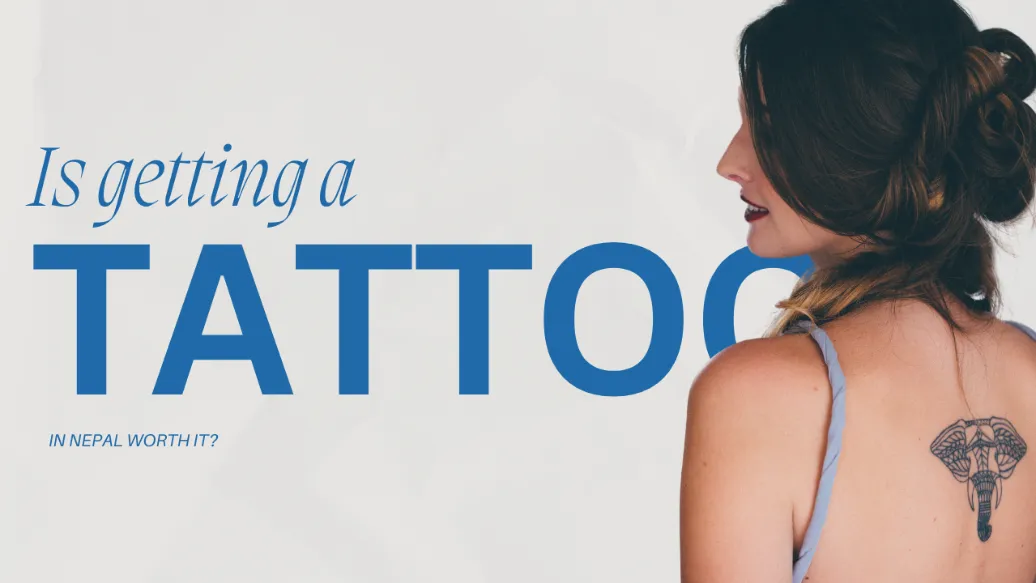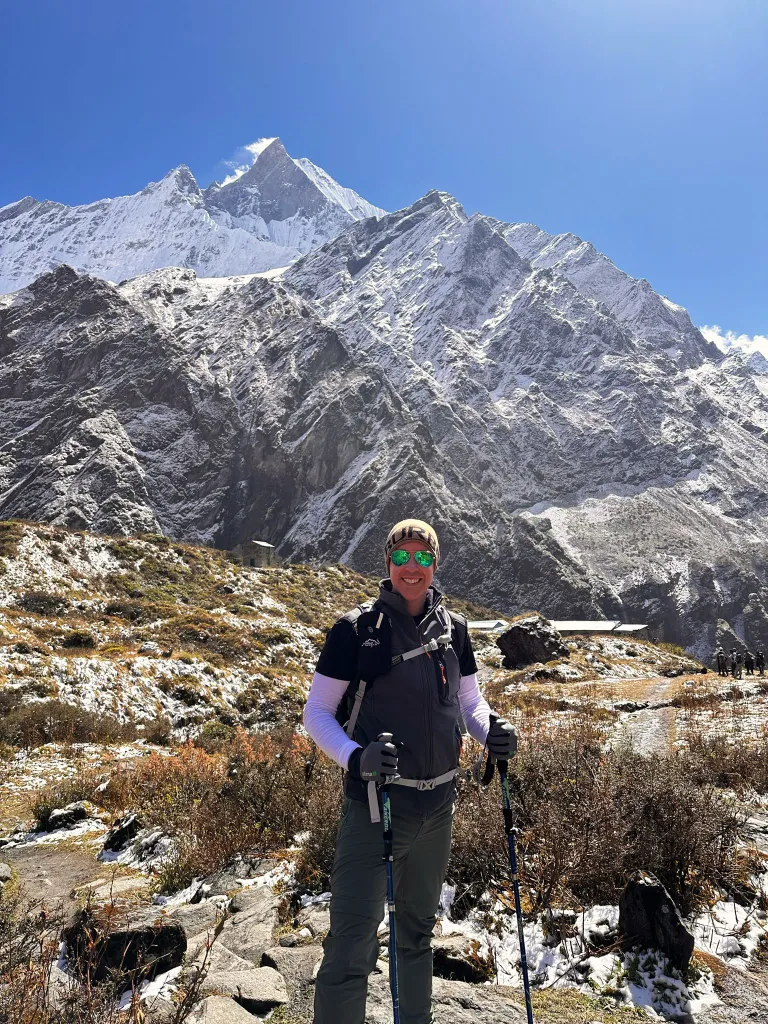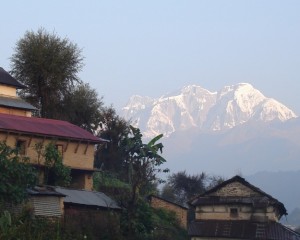How can you do Manaslu Circuit on a Budget?
Are you ready to prepare for the adventurous Manaslu Circuit trek without breaking the bank? Likewise, it's time to uncover the secret to experiencing the exciting Manaslu Circuit on a budget.
The Manaslu Circuit beckons trekkers with its rugged trails, breathtaking vistas, and a glimpse into traditional Nepalese and Tibetan cultures.
However, you might wonder: can you genuinely savor this incredible adventure without straining your wallet? The answer is a resounding yes.
But how can we minimize the high cost and enjoy the trip on a specific budget?
8 Ways for Manaslu Circuit on a Budget: Wonders of Manaslu Trek
You must analyze your finances before stepping and alluring nature and mountains. Additionally, budget-friendly travel isn't about missing out; it's about smart choices for an immersive journey.
Let's discover the strategies to explore the Manaslu Circuit on a budget. Without compromise, blending resourcefulness and responsible trekking for an enriching yet economical experience amidst Himalayan splendor.
Planning and Preparation
Effective planning is the groundwork of a successful Manaslu Circuit trek on budget.
Choose the Right Season
The timing of your trek impacts your experience. The opt for a season that offers the best weather conditions – usually during spring (March to May) and autumn (September to November).
Meanwhile, these months offer clear skies, moderate temperatures, and safer trail conditions to enjoy the mesmerizing landscapes.
Obtain Necessary Permits
It would help if you acquired the required permits is crucial before setting out on your journey. These permits, such as the Manaslu Restricted Area Permit and the Annapurna Conservation Area Permit (ACAP), are essential to access the trekking region and comply with local regulations.
Research Budget-Friendly Accommodations and Routes
A well-planned budget can significantly enhance your trekking experience. Researching and selecting budget-friendly accommodations helps you save money and supports local guesthouses.
Similarly, exploring routes that align with your budget and offer stunning views ensures a memorable journey that doesn't strain your finances.
Create a Detailed Budget Breakdown
Crafting a comprehensive budget breakdown is critical to avoid overspending during the trek. It would help to consider all potential expenses, including accommodation, meals, permits, transportation, and miscellaneous costs.
Additionally, clearly understanding your expenses helps you allocate funds wisely. It ensures you can fully immerse yourself in the adventure without worrying about financial surprises.

Cost-Cutting Strategies
Accommodation
During your Manaslu Circuit adventure, intelligent decisions for accommodation can contribute significantly to a budget-friendly trekking experience.
Stay in Teahouses or Guesthouses
It would help if you chose teahouses or guesthouses over upscale hotels is an effective way to save money without compromising on comfort. Teahouses provide cozy and often culturally immersive lodging options.
Local families manage them and offer a chance to experience authentic hospitality while staying within your budget.
Share Rooms with Fellow Trekkers
Room sharing is a practical approach to cutting accommodation costs. Many teahouses offer rooms with multiple beds as it is possible to share with fellow trekkers.
It divides the expenses and provides an opportunity to bond with fellow adventurers and share experiences.
Bargain for Lower Room Rates
Don't hesitate to engage in friendly negotiations with teahouse owners for lower room rates during off-peak seasons. Polite bargaining can often lead to reduced prices, with secure, comfortable lodging at a more budget-friendly cost.
Meals
Embrace Local Fare, Like Dal Bhat
Traditional Nepali dishes like Dal Bhat can be budget-friendly and satisfying. Dal Bhat, a combination of lentil soup, rice, vegetables, and sometimes meat, is a staple and a cost-effective option that provides energy for your trek.
Curb Unnecessary Snacks and Luxury Items
While trekking, it's easy to be tempted by snacks and expensive food items. Opt for simplicity and stick to the basics to avoid unnecessary spending. Focusing on local cuisine and essentials will help you stay within your budget.
Pack Water Purification Methods
Carry water purification tablets or a filter rather than purchasing bottled water. It allows you to drink from natural sources that reduce reliance on costly bottled water and help you stay hydrated without increasing expenses.

Transportation
Opt for Local Transportation
It would help if you chose local buses or shared jeeps for transportation to and from the trekking trail can be a cost-effective alternative to private vehicles. These options are more budget-friendly and give a chance to interact with locals and experience local travel.
Share Costs with Fellow Trekkers
You should consider sharing transportation costs with other trekkers heading to the same destination. Sharing the expenses of a taxi or jeep can significantly reduce individual costs while providing a social and communal travel experience.
Keep Travel Minimal
Plan your route efficiently by minimizing unnecessary travel during the trek. Likewise, reducing the number of side trips or unplanned detours helps cut down transportation expenses. It allows you to appreciate the main trail and its attractions fully.
Gear and Equipment
Opt for Gear Rentals or Borrowing
You should regard trekking gear and consider renting or borrowing items in Kathmandu. This approach saves you money and reduces the hassle of carrying bulky equipment from home. Things like sleeping bags, trekking poles, and down jackets are often available for rent from local shops.
Consider Secondhand Equipment
Buying secondhand trekking gear can be a budget-friendly option, especially for items that are costly when purchased new. Also, explore local stores or online platforms for pre-owned equipment still in good condition.
Focus on Essentials, Avoid Overpacking
Prioritize packing only essential items for your safety and comfort during the trek. Avoid overpacking by sticking to the basics and leaving unnecessary items behind. It helps you travel lighter and prevents additional costs for excess baggage.
Guide and Porter
Evaluate the Need for a Guide or Porter
Assess whether you require a guide or porter for the Manaslu Circuit. While they offer valuable assistance, trekking independently can be a budget-friendly option for experienced hikers comfortable navigating the trail.
Shared Guide for Cost Efficiency
If you hire a guide, consider sharing one with fellow trekkers to divide the costs. Shared guides provide the same benefits while reducing the financial burden on individual trekkers.
Bargain for Guide and Porter Fees
When hiring a guide or porter, don't hesitate to negotiate their fees. Especially during the off-peak seasons, many guides and porters may be open to adjusting their rates to accommodate your budget.
Emergency Fund and Insurance
Create an Emergency Buffer
While you are on Manaslu Circuit on a budget, allocate a small emergency fund. This fund acts as a safety net, covering unexpected expenses like unforeseen medical costs, transportation changes, or other urgent needs that may arise during the journey.
Secure Comprehensive Travel Insurance
Before embarking on the trek, ensure you have travel insurance that specifically covers medical emergencies, evacuation, and other potential risks. It safeguards against unexpected medical expenses and assists in emergencies or unforeseen circumstances.
Responsible Trekking
Leave No Trace Principles
As you journey through the Manaslu Circuit, adhere to Leave No Trace principles. You should minimize your environmental impact by packing out all waste that avoids damage to vegetation and refraining from littering. These practices help preserve the natural beauty of the trail for future trekkers.
Honor Local Customs and Traditions
Respect the cultural heritage of the areas you traverse. Observe local customs, dress codes, and traditions. Engaging respectfully with local communities enriches your experience and fosters positive interactions.
Support Local Economies
Contribute positively to local communities by purchasing locally-made products and souvenirs. It supports the economy and promotes sustainable tourism practices that benefit the people who call these regions home.
To wrap up, it is equally significant to recognize that Manaslu Circuit on a budget-embracing approach doesn't dilute the wonder of the Manaslu Circuit – on the contrary, it enriches the experience. Nepal Vision Treks will help you reach the wonder of the Manaslu circuit trek in a budget and effective way.
FAQS
1) Can you trek Manaslu without a guide?
You can trek Manaslu without a guide, but it is subject to obtaining the necessary permits and adhering to local regulations.
2) Is Manaslu harder than Everest?
While both treks have challenges, Manaslu is generally considered less complex than Everest regarding technical climbing and altitude.
3) Is Manaslu Circuit Trek safe?
The Manaslu Circuit trek is generally safe, but proper preparation, adherence to safety guidelines, and acclimatization are essential.
4) Why is Manaslu famous?
Manaslu is famous for its stunning landscapes, cultural diversity, and challenging trekking experience in the Himalayas.
5) Which treks in Nepal are restricted?
The Manaslu Circuit trek is one of the restricted treks in Nepal that requires a special permit due to its remote and pristine nature.
6) Are teahouse accommodations available along the trail?
Yes, teahouses and guesthouses provide lodging and food at various points along the route.
7) Is altitude sickness a concern on this trek?
Proper acclimatization is crucial; ascending slowly and taking rest days helps prevent altitude-related issues.
8) Can I extend the Manaslu Circuit to Tsum Valley?
You can combine the Manaslu Circuit with Tsum Valley for a more extensive trek, requiring additional permits.






